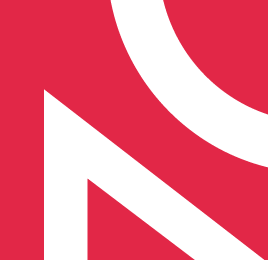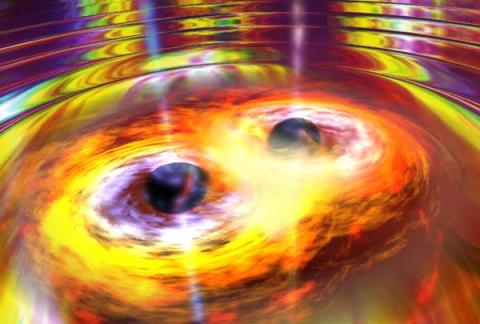Our Research
The fourth division (BP4) of The Fundamental Research Department (Departament Badań Podstawowych) deals with research in astrophysics and astronomy, mainly their observational aspects. The BP4 division is located in Warsaw at 7 Pasteura street.
The research conducted at the Astrophysics Laboratory includes:
- Cosmology: CMB, large structures of the Universe, dark matter, non-standard cosmology and gravitational lensing
- Gravitational waves: Multi-messenger astronomy, new tools for cosmology
- Physics of galaxies: Formation and evolution of galaxies, AGN, quasars and gamma-ray burst
- Interstellar medium: Star formation, neutron stars and white dwarfs
The BP4 division is also involved in several international projects. Check our Scientific Projects page for more information.
Seminars
Upcoming seminars for all of NCBJ can be found here.
The seminar archive for NCBJ can be found here.
Latest News
Scroll down for the latest news about the research done by our division or click here.
World News
dr Pratik Dabhade from BP4 was a leading author in a recent paper studying odd radio circles. The paper, published in MNRAS, found an extremely rare double-ringed odd radio circle. This has created a stir around the world, attracting the attention of CNN (https://edition.cnn.com/2025/10/14/science/odd-radio-circles-double-rings) and CBS (https://www.cbsnews.com/news/most-powerful-odd-radio-circle-twins-ever-detected/).Conference Participation
BP4 participate in may national and intersectional conferences. We share our cutting edge research and enthusiasm with other astronomers across the world. Below are pictures from our trips across the globe over the last year or so.
Latest News

Entrepreneurs can rest peacefully thanks to IT
A team of Polish researchers won in the first round of remote-access international competition Global Legal Hackathon 2018, which promotes innovative digital solutions in the area of law and legislation. The solution presented by dr Adam Zadrożny (NCBJ) and associates is based on blockchain technology and is meant to help the taxpayers document, that their business partner was a VAT taxpayer during the transaction.

SONATA BIS, SONATA and four times HARMONY
In the latest edition of the National Science Center’s grant competitions, six scientists from the NCBJ have been successful. The most valuable achievement is in the SONATA BIS 7 competition. Dr Kamila Kowalska from the Theoretical Physics Division will receive almost 2.5 million PLN for her research on „Extensions of Standard Model with vector-like fermions.”

First detection of a gravitational wave by Advanced VIRGO
First simultaneous detection of a gravitational wave by the two US-based interferometers and the Advanced VIRGO European interferometer was announced during the meeting of Ministers of Science from the G7 countries. The observation made possible to roughly locate source of the emission, which marks a new era in astrophysics. PolGraw, a team of scientists from 8 research institutions in Poland, is a member of the VIRGIO collaboration.

3rd observation of gravitational waves has proved existence of unexpected black holes
The Advanced LIGO research consortium (in which some NCBJ scientists participate) has reported the 3rd instance of direct observation of gravitational waves. The logged waves were emitted just before two black holes merged into a single spinning larger hole of a mass 49 times larger than the mass of our Sun and about 3 billion light years away the Earth.

Advanced Virgo is ready
Objective of the Advanced Virgo project officially concluded on February 20, 2017 in European Gravitational Observatory (EGO) in Pisa (Italy) was to modernise the Virgo interferometer. Polish scientists participated in the project. It is hoped that the Advanced Virgo detector will significantly advance research on gravitational waves, so far the largest discovery in physics of the 21st century.

The largest 3D map of the Universe as it was 7 billion years ago
An international team of astronomers (composed also of some Polish scientists) running the VIPERS (VIMOS Public Extragalactic Redshift Survey) project has just presented the largest 3D map of the Universe as it was 7 billion years ago, and made available the data, on which the map was based.












